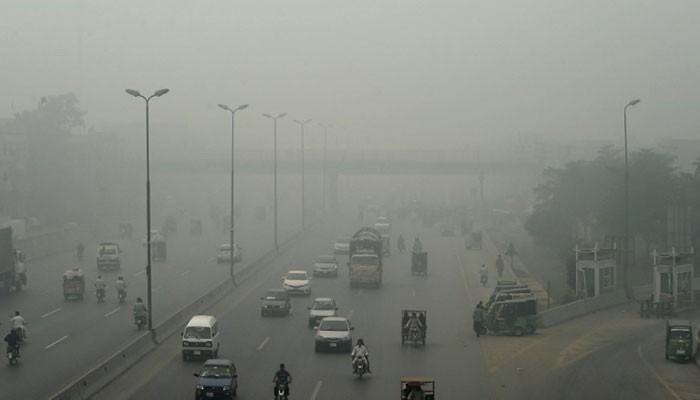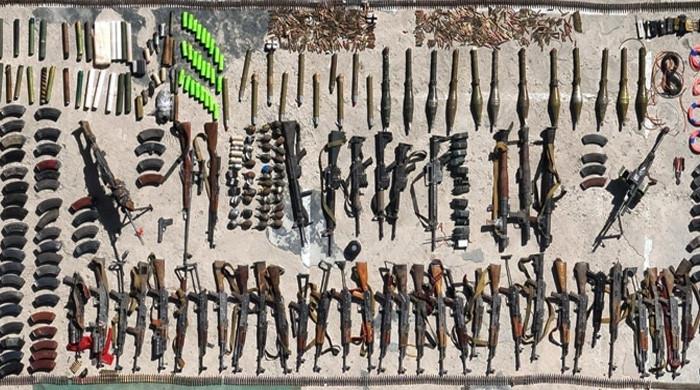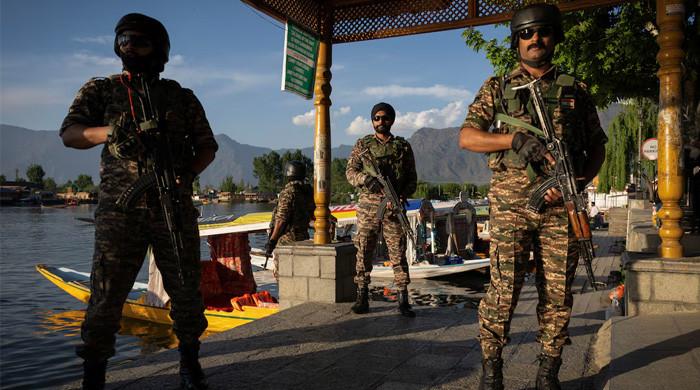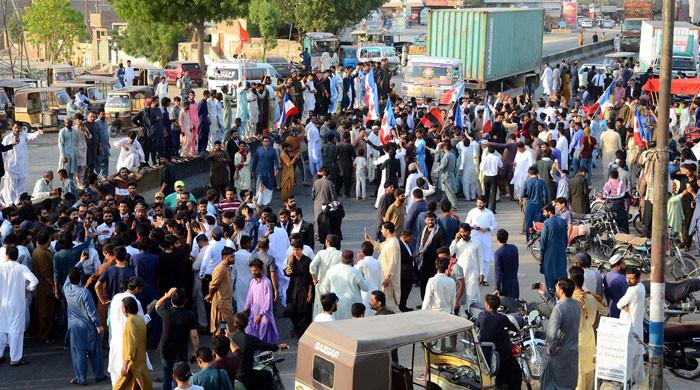Thickening smog threatens air quality in Punjab
Smog is caused when air pollution, emissions and fumes combine with fog and sunlight, forming a thick layer of smoke-like film in the atmosphere
November 11, 2018
LAHORE: Smog is once again threatening to choke Lahore and other cities across Punjab, worsening the air quality and making breathing difficult for the residents.
A steady rise in carbon emissions, coupled with a spike in cross-border crop burning, has thickened the layer of smog enveloping the provincial metropolis and other parts of Punjab, reducing visibility and causing flight delays.
Air pollution caused by traffic, industries, crop burning and disposal of solid waste are major contributors to smog. With Pakistan witnessing a steady rise in carbon emissions, and air pollution in the neighbouring New Delhi hitting hazardous levels and blowing across the border, the smog is only expected to worsen in the forthcoming winters unless urgent action is taken, the Pakistan Meteorological Department has warned.
To reduce the risk of smog, the Punjab government has initiated a project to modernise brick-kilns in the province.
Punjab Environment Protection Department Director Naseem-ur-Rehman told APP that the modernised brick-kilns based on zig-zag technology would not only reduce the production cost of bricks and the fuel charges but also help control air pollution and smog.
He said that 70 to 80 per cent emissions were reduced through the new process. So far, 35 to 40 modern kilns are under construction, he informed.
Meanwhile, Adviser to Prime Minister on Climate Change Malik Amin Aslam Khan has articulated serious concerns over trans-border pollution and proposed an independent air quality monitoring body to the president of Air Quality Asia (AQA) – a global advocacy campaign to help national legislative bodies fight air pollution.
The adviser, in a meeting, apprised the president of AQA, Shazia Z. Rafi, about the deteriorating air quality situation in Pakistan and the steps being taken by the Punjab government to curb the issue. He informed that Pakistan this year had been constantly monitoring the situation whereas an independent institution to examine the cross border air quality would be fruitful to mitigate the smog risk.
What is smog?
Smog, also known as ground-level ozone, is a thick yellowish black fog which suspends in the air. It is caused when air pollution, emissions and fumes combine with fog and sunlight, forming a thick layer of smoke-like film in the atmosphere.
According to experts, emissions from industries and vehicles and cutting of trees worsen the phenomenon.
People may experience short-term skin and respiratory conditions such as eye irritation, coughing, throat/chest irritation and skin irritation as a result of breathing in the air affected by smog.
Health experts recommend artificial tears for eyes as one way of dealing with smog. The public is advised to adopt preventative measures such as avoiding the outdoors and using face masks when going out.













